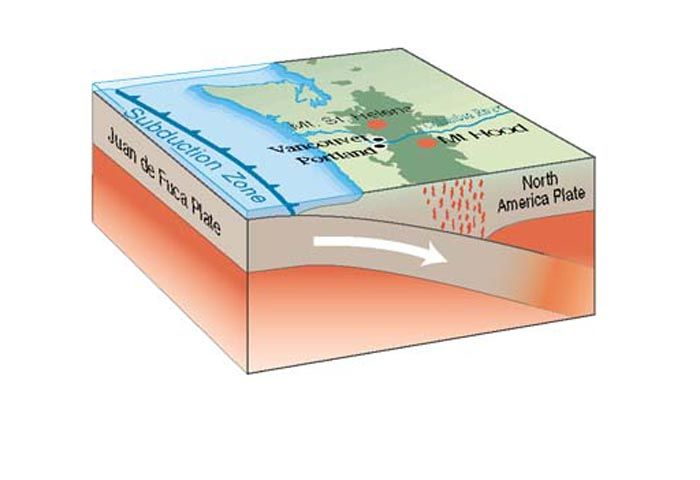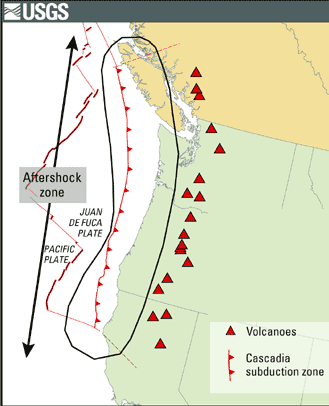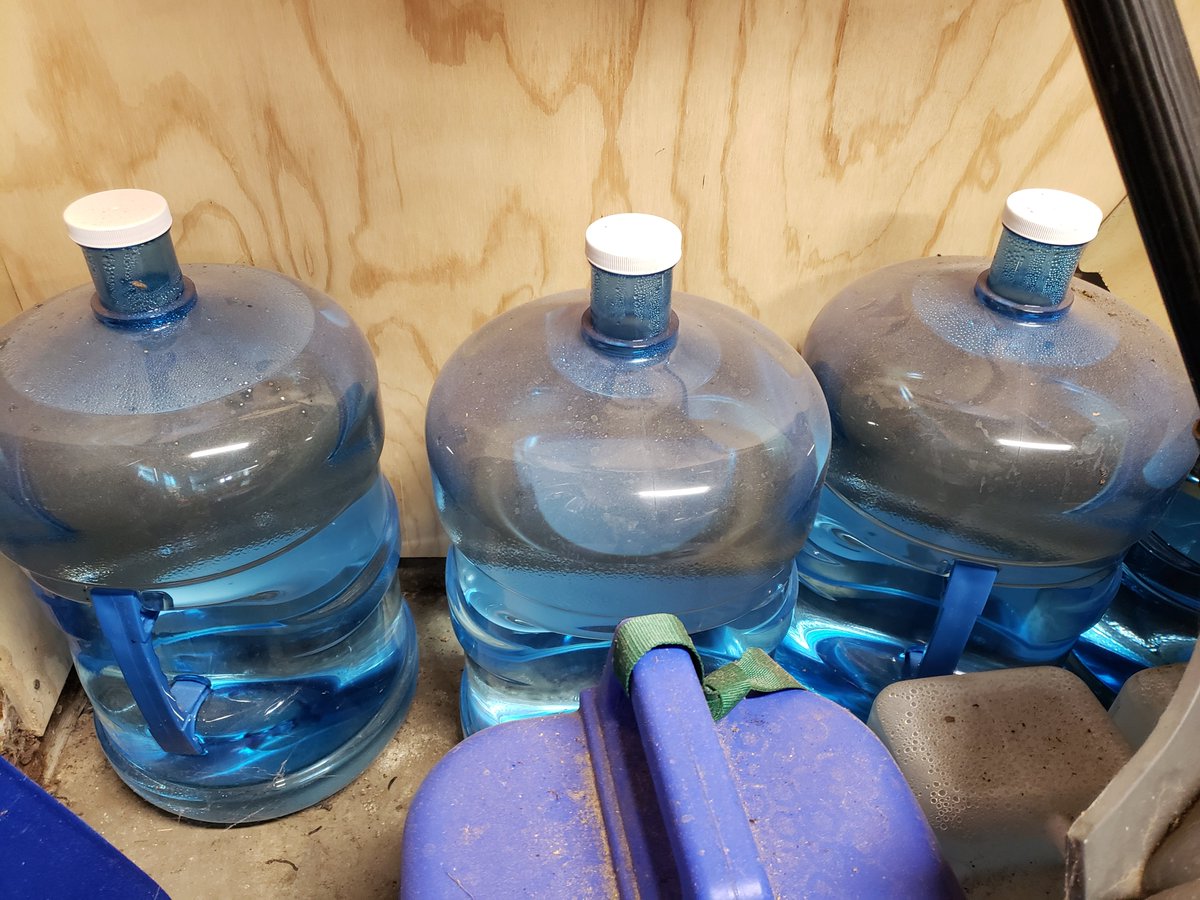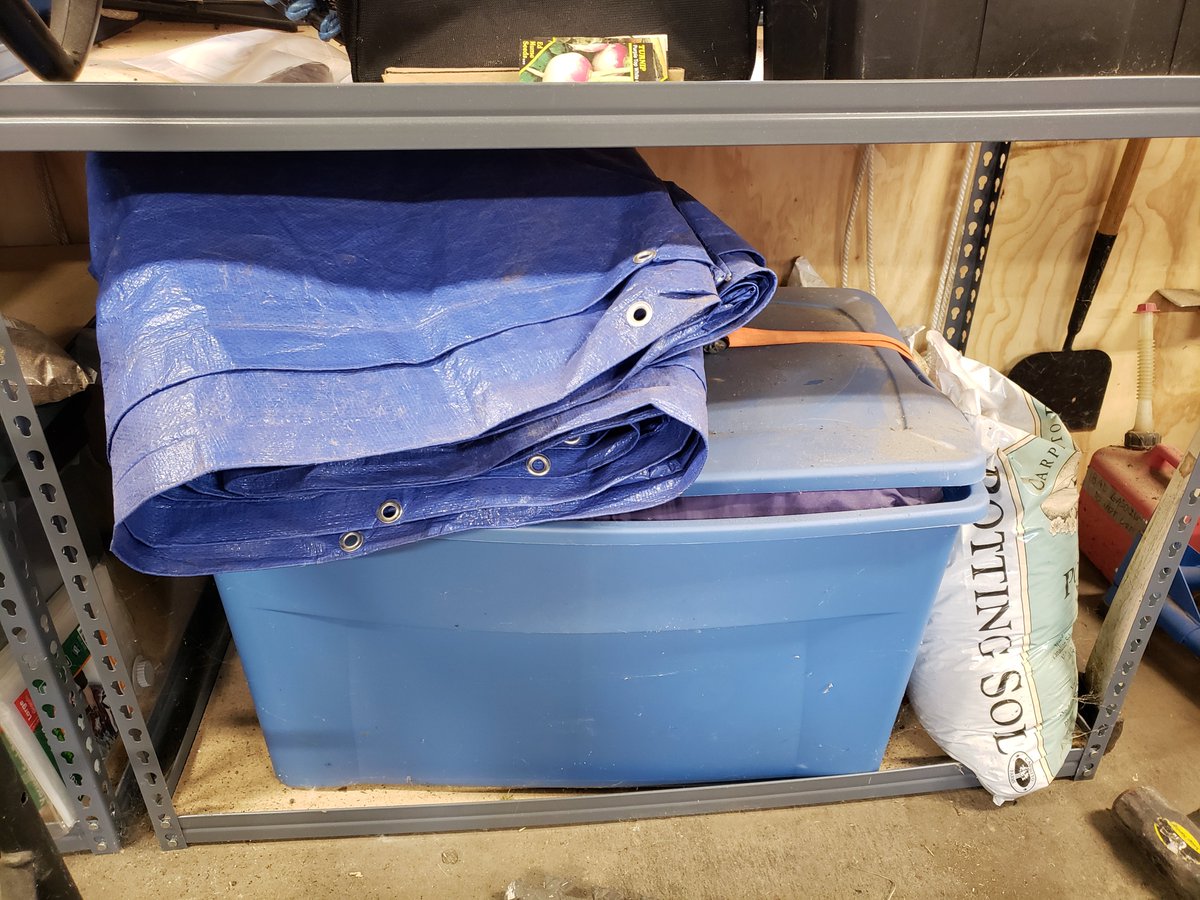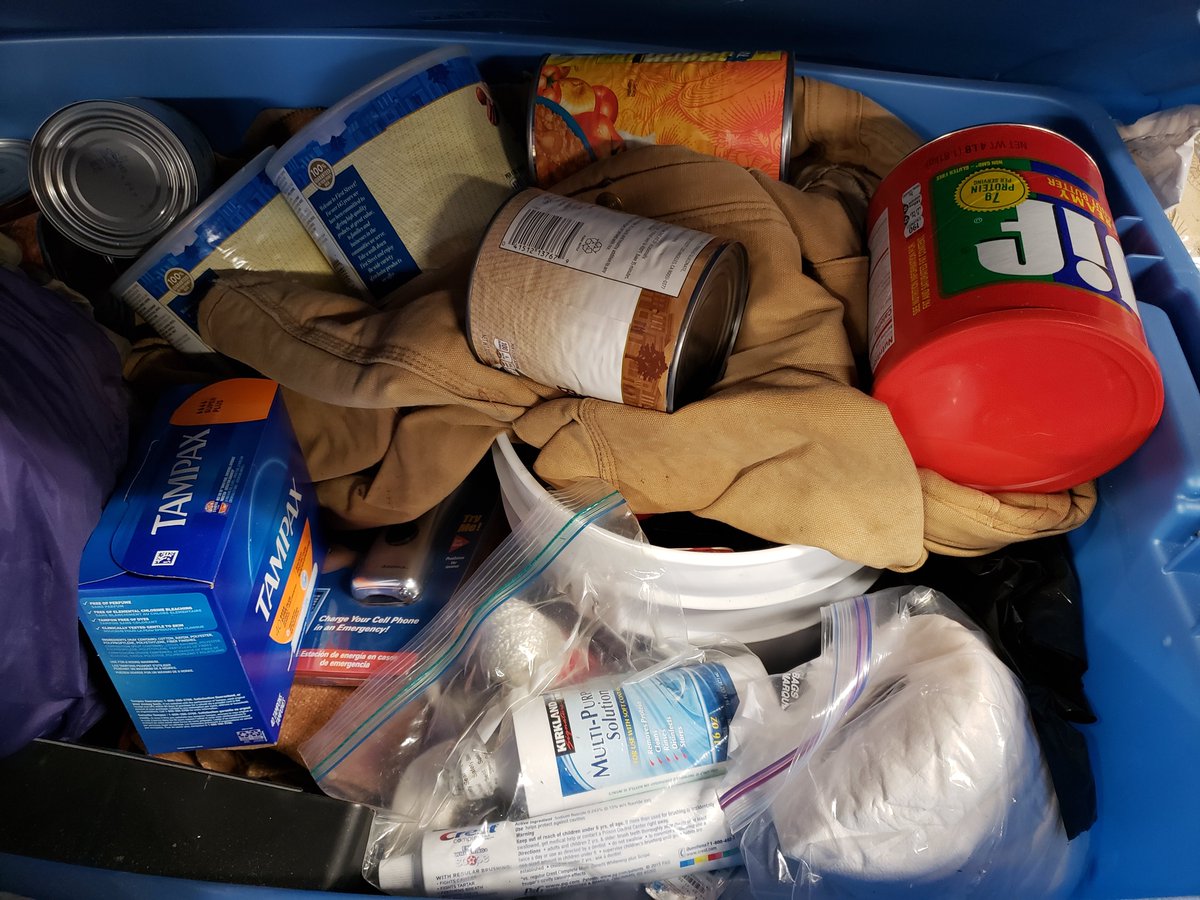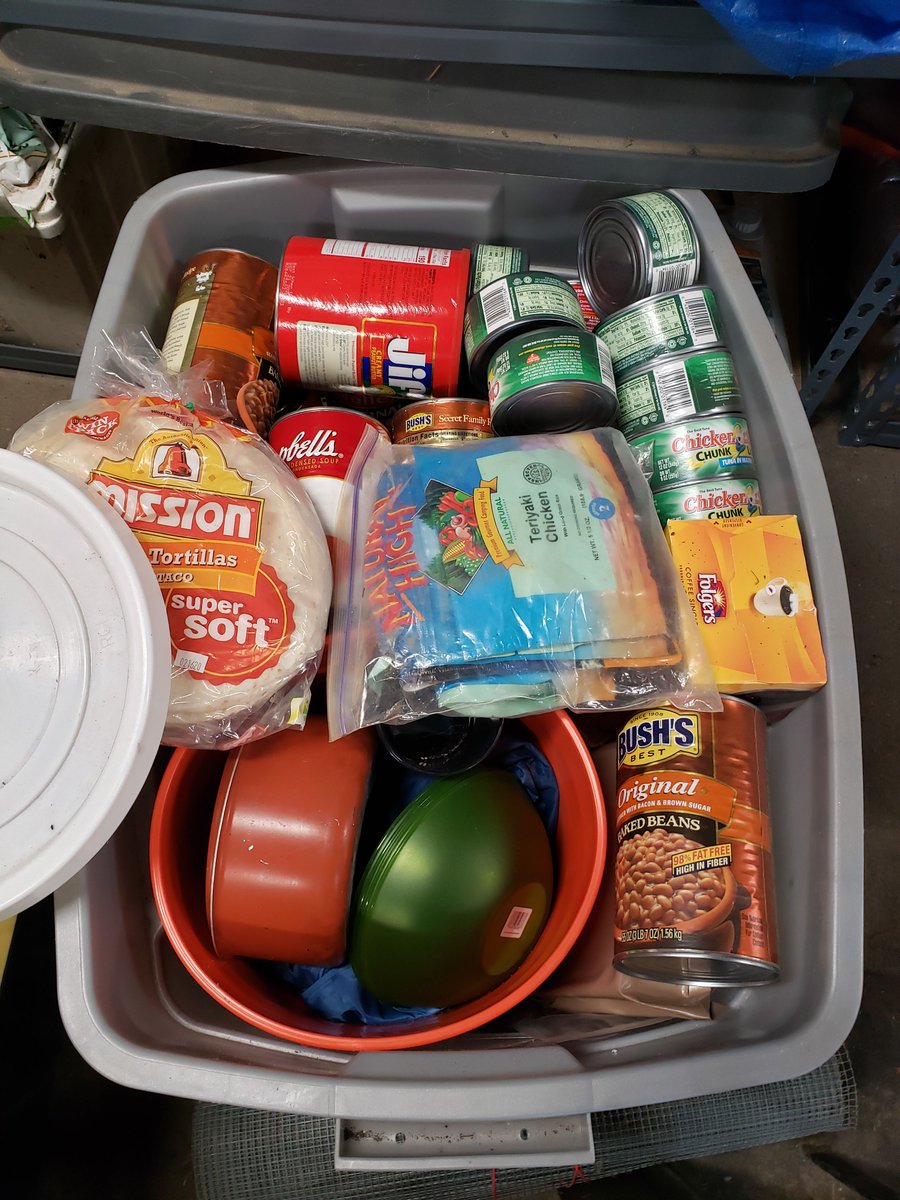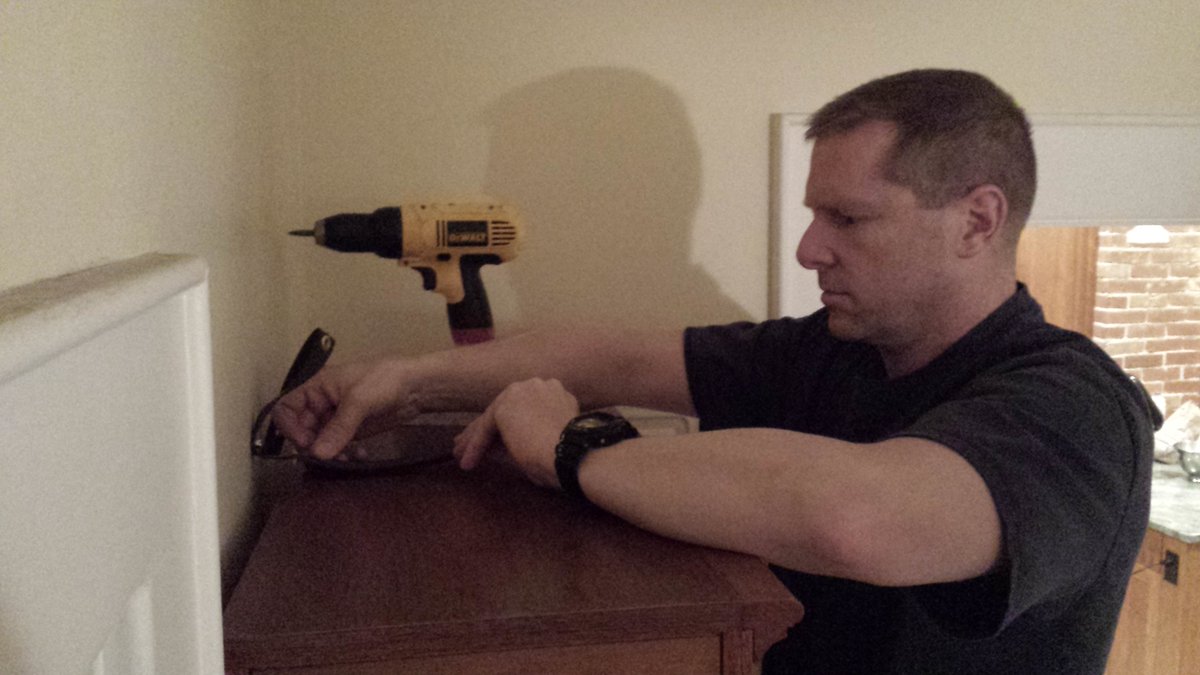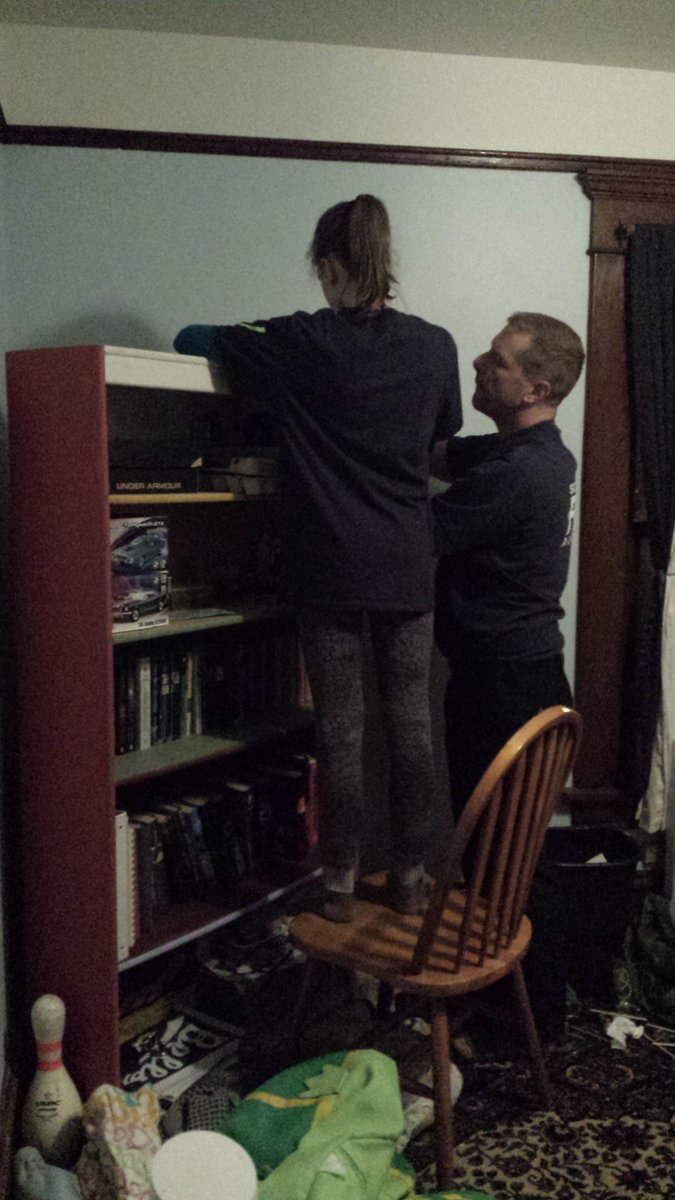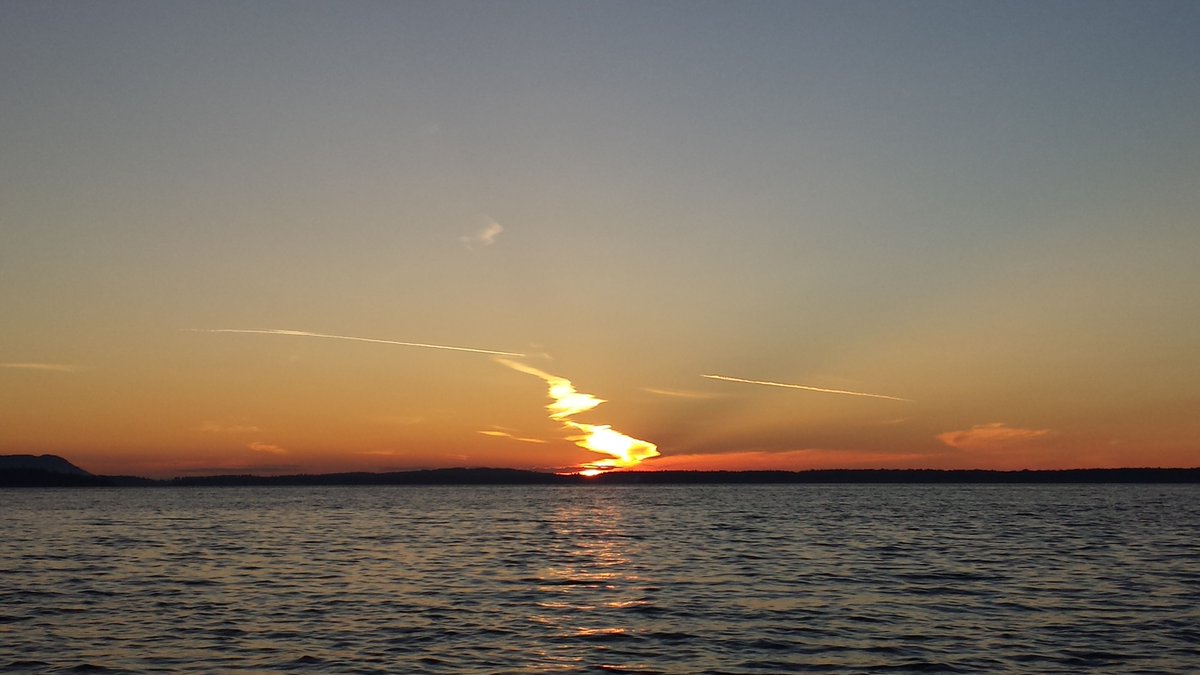Do you know what day it is today? IT'S EARTHQUAKE PREPAREDNESS DAY!!!
Do you know why? Buckle up, friends! Let's talk about earthquakes and earthquake prep in the Pacific NW!
Do you know why? Buckle up, friends! Let's talk about earthquakes and earthquake prep in the Pacific NW!
321 years ago, January 26, 1700, was a bad day in the Pacific NW. In fact, it was a bad day in a lot of places, due to one bad actor in the Pacific NW: the Cascadia subduction zone.
A subduction zone is a place on Earth's surface where tectonic plate are colliding-the denser of the two plates winds up losing that battle and sinking deep into Earth's mantle.
That process isn't smooth--plates aren't teflon. Friction between them gets them hung up, and they deform and accumulate strain until WHAM, they suddenly move. And that's a quake.
The larger the zone that moves (the fault), the larger the quake. In the case of the 1700 Cascadia quake, we think the entire subduction zone slipped, from Northern California to Vancouver Is., BC.
A quake that moves that much turf is huge--a magnitude 9 (or maybe a little bigger). This is comparable to the quake that hit Japan in 2011. The PNW thus needs to be prepared for both earthquake and tsunami.
The story of how the 1700 quake was re-discovered is one of the great scientific mystery stories. It includes ghost forests, tree-ring dating, Native stories, and a tsunami recorded across the ocean. @SquigglyVolcano tells the story beautifully here: https://www.forbes.com/sites/robinandrews/2018/02/27/the-orphan-tsunami-and-the-ghost-forest-is-geologys-greatest-legend/?sh=69af91c0506f
If you want to freak yourself out but get even better informed about this event, there's no better description than this one by @kathrynschulz: https://www.newyorker.com/magazine/2015/07/20/the-really-big-one
If that article terrifies you (to some degree, it should), read on! First, @kathrynschulz wrote a superb follow-up here: https://www.newyorker.com/tech/annals-of-technology/how-to-stay-safe-when-the-big-one-comes
There's also an excellent blob post on the @PNSN1 page, written shortly after the New Yorker article came out: https://pnsn.org/blog/2015/10/30/don-t-be-scared-be-prepared-a-response-to-the-new-yorker-article-the-really-big-one
But there's another important thing we should do to learn: let's look at the impacts of the M9 Tohoku earthquake on Japan. Truly, this was a devastating event. But there are positive lessons to be learned.
Many of us have watched the terrifying videos of the tsunami that destroyed numerous communities on that day. But perhaps we haven't appreciated an important fact: the tsunami is shown demolishing PERFECTLY INTACT BUILDINGS.
These are buildings that had just survived a monster--an earthquake far larger than most people thought possible for that area. Despite what must have been a huge amount of ground shaking, the buildings stayed standing.
And it is the collapse of buildings that causes death in earthquakes. If buildings stay up, people survive.
The Tohoku tsunami was horrific, resulting the loss of ~19,000 lives. But there's another important statistic here: this represents about 5% of the community in the inundation zone. 95% of the people survived.
How do you survive a tsunami? You get to high ground. The Japanese people knew this, and they took it upon themselves to evacuate.
This video shows the earthquake, during which a man tells his colleagues to evacuate because a tsunami is coming. The horrific tsunami video was captured by people who got themselves to safety. Warning--it's a terrifying thing to watch.
But here are the lessons:
WE CAN BUILD EARTHQUAKE-SAFE STRUCTURES.
WE CAN EDUCATE PEOPLE TO EVACUATE WHEN THERE IS A THREAT OF TSUNAMI.
WE CAN BUILD EARTHQUAKE-SAFE STRUCTURES.
WE CAN EDUCATE PEOPLE TO EVACUATE WHEN THERE IS A THREAT OF TSUNAMI.
There's far more than I can write here, so let's just list a ton of good references:
Wanna build a good preparedness kit? Go here: https://www.ready.gov/kit
Want to know where to go in WA during a tsunami? Look here: https://www.dnr.wa.gov/programs-and-services/geology/geologic-hazards/Tsunamis
Wanna build a good preparedness kit? Go here: https://www.ready.gov/kit
Want to know where to go in WA during a tsunami? Look here: https://www.dnr.wa.gov/programs-and-services/geology/geologic-hazards/Tsunamis
Here are your OR maps: https://www.oregongeology.org/tsuclearinghouse/pubs-evacbro.htm
Every year on January 26 I restock my preparedness kit. Today I'll refill the water, and restock foods that have expired. I'll consider adding new materials, too.
You can do this too. Further, make this the day that you commit to doing one more thing to be earthquake safe. Maybe this is the year you finally make a family plan about what you'll do, where you'll meet up, and who you'll contact (out of the area) if a quake hits.
Maybe this year you'll finally fasten large pieces of furniture to the walls so they don't fall in a quake. This costs only a few dollars!
Maybe this is the year that you save your pennies and do some seismic retrofit in your home. Do you have an older home? Is it bolted to the foundation? Is your water heater strapped down?

 Read on Twitter
Read on Twitter